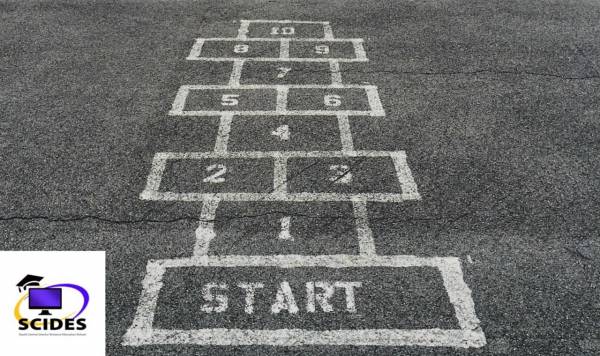- Font size: Larger Smaller
- Hits: 9709
- 0 Comments
- Subscribe to this entry
- Bookmark
Get Organized For Learning Success

We're a few weeks into the new school year, the weather is turning colder, and the days are getting longer. After a hot summer and a busy beginning of the new school year, we thought it would be helpful to share some tips on how to get your workspace set up in a way that works best for you, and how to study for learning success. After all, we want the 2018/2019 school year to be your best one yet! Here's what we suggest:
"Organizing is what you do before you do something so that when you do it, it is not all mixed up." ~ A.A. Milne
- Clean up your workspace. You know how things tend to accumulate in places you don't use a whole lot? This might be the case with your desk... You probably did not use it a whole lot over the summer, and now it's time to clean it up (oh, there is your favourite pen!). Having a neat and tidy desk is the first step. And work flows always better with your favourite pen, right?
- Your workspace should be organized. If everything is in its place, it will be easier for you to stay on track and keep a good overview of tasks. You could sort by "to do" and "done", and maybe even break down the to-dos into priorities. Another option would be to sort by course.
- Of course, not every desk can be right beneath or by a window, but lots of light is important for a workspace as well. If you don't have a window in the room you're working in - or can't have your desk by the window - make sure you have a good desk lamp. LED lamps work well, or if you are using fluorescent, you should get a daylight light bulb. It makes a big difference!
- It's important that you're comfortable while you're studying. Use a comfortable chair with the right height. Some people actually prefer kneeling chairs, some sit on exercise balls, and some even prefer to stand while they are working. Having the right posture and back support can make a big difference - and you won't get tired as fast!
Once you have your ideal workspace set up, it's time to dig in and study. And where do you start? With a schedule!
The essential part for getting started with a schedule is a good calendar of the school year - and you should keep it close to your workspace. You can buy a calendar with monthly overviews, but there are also lots of resources online where you can print monthly overview sheets, and you very likely have a calendar app on your phone or computer. We find it most useful to have a monthly overview per page, but you might want to get a bit more detailed, with weekly pages - it's up to you, try what works best!
Now, go through the calendar and mark off any days you likely won't be studying - like birthdays, holidays, other commitments - and then count the number of days you have left to work on school. Next, you look at the outlines of your courses (you can find those in your online school account) and break down those outlines into units of work. For most courses, it works well to break them into 10 sections - meaning that you would aim to complete one section per month if you were to work on your schooling 10 months of the year. If you want to proceed faster or slow down, you can adjust the size of the course sections, to fit your personal learning style and schedule.
Make sure you take into consideration how many courses you are working at the same time - and don't over-schedule. Once you enroll in a course, make a schedule to stay on track. Think about how long it will take you to complete the course (all high school level courses require about 120 hours of work), and break your timeline into units and lessons. The schedule is a great way to keep an overview and to make sure you're progressing as you want to. Make notes of assignments and questions, and write down when you need to study for tests.
Talking about studying (finally!), here are our best tips for that:
- For some people, it works best to start studying right after they learned about the subject in the first place, when it's still fresh in their memory.
- A good way to get started on studying is to write down a condensed version of the entire course - a summary of all important ideas and major points. (Even if you write a condensed version down for studying, you should have all the info available - make sure you have your notes, textbooks and handouts close by, so you can always double-check on a fact or answer any questions you may have.)
- Move from general to detail - all the big ideas and concepts first, then the nitty-gritty.
- Did you know that your mind retains things studied at the beginning and at the end of a study session best - and not so much the middle part? That's a good reason to take frequent breaks, as opposed to monster study sessions.
- Understanding the material is much better than just memorizing - if you truly "know" the material, remembering it will be easy! Of course, our teachers and tutors are always happy to help you with that!
- Some people study better in groups - but that's something we only recommend if you have a group of people, who are all equally serious about studying (and are ideally working on the same subject).
- Listen to your inner clock. If you are an early riser, then an early morning study session might work best for you; if you are a night owl, you might be better off studying in the evening
We hope you find our tips helpful, and our team is of course also always happy to help you in person!




